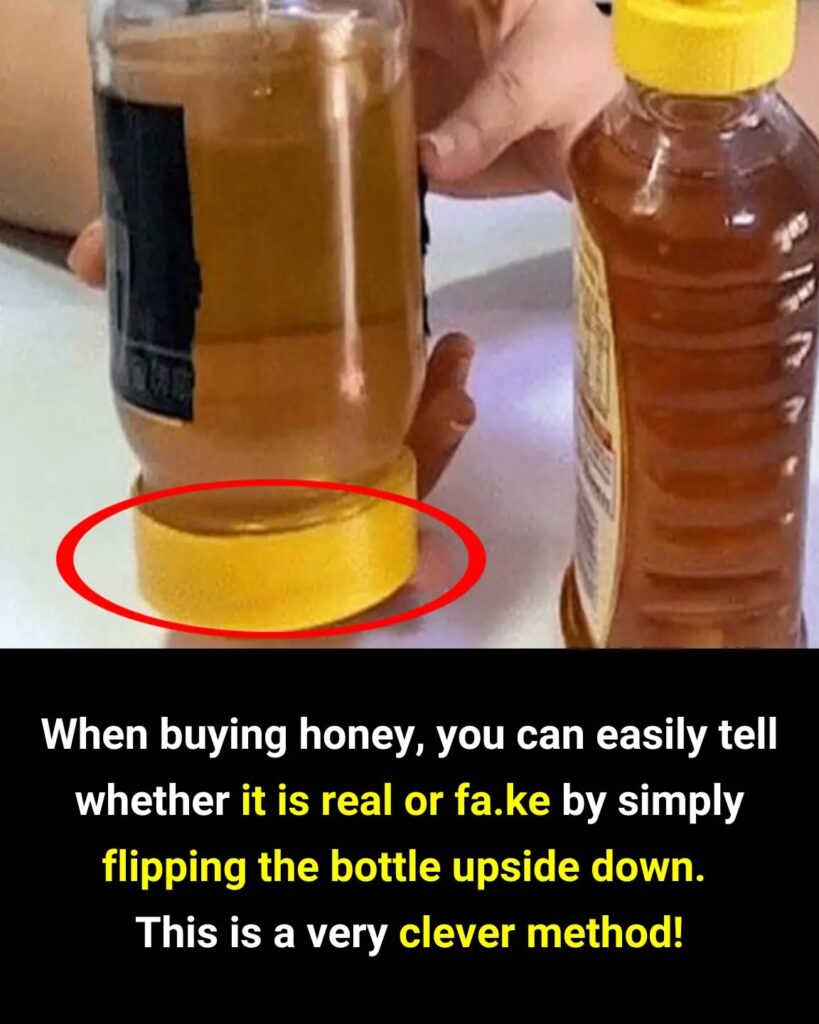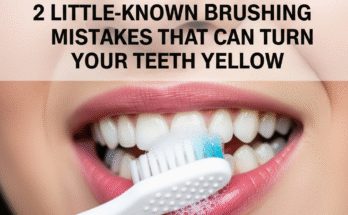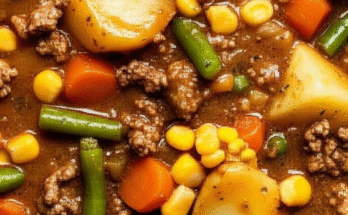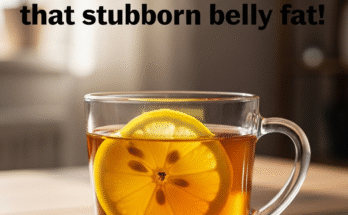
Is Your Honey Real? Here’s How to Find Out
Honey is one of nature’s most delightful gifts — not just sweet and tasty, but also rich in nutrients, antioxidants, and health benefits. From soothing sore throats to providing a natural energy boost, it’s a staple in kitchens around the world.
But rising demand has brought a surge of fake or adulterated honey into the market. To cut costs and increase profits, some producers dilute pure honey with cheap syrups like corn or rice syrup. The result? A product that may look like honey but lacks its natural goodness.
So how can you tell if your honey is the real deal? Try this simple method:
The Flip Test: Spot Fake Honey in Seconds
This quick test can be done right at the store or at home:
- Hold the honey bottle upright and shake it three times.
- Flip it upside down.
- Watch how the air bubbles behave.
What to look for:
- Real honey: Bubbles rise slowly and can take 1–2 hours to disappear.
- Fake honey: Bubbles rise quickly and vanish almost instantly.
Why it works: Real honey is thick and dense, so air moves slowly through it. Fake honey, thinned with syrup or water, behaves more like regular liquid — fast and bubbly.
Two More Ways to Test Honey at Home
If you’ve already bought the honey, here are two easy tests to try:
1. The Water Test
- Fill a glass with room-temperature water.
- Drop a spoonful of honey into the center.
Pure honey sinks to the bottom in thick clumps.
Fake honey dissolves quickly and spreads like syrup.
2. The Crystallization Test
- Real honey crystallizes over time, especially below 14°C (57°F).
- It becomes thick, cloudy, and grainy — a natural sign of raw honey.
If your honey stays runny even in cool conditions, it might be overly processed or fake. To return crystallized honey to liquid, gently warm it above 20°C (68°F).
Why It Matters
Real honey is more than just sugar — it’s a natural product full of enzymes, minerals, vitamins, and health-promoting compounds. It has antibacterial, anti-inflammatory, and healing properties.
Fake honey, on the other hand, is often nothing more than flavored syrup — cheap, sweet, and nutritionally empty.
Final Tip: Don’t Be Fooled by the Look
The next time you’re shopping:
- Shake the bottle and flip it upside down.
- Look for slow-moving bubbles.
- At home, try the water test and observe how your honey behaves over time.
These small steps can help ensure you’re getting pure, authentic honey — just as nature intended.
Real honey doesn’t rush. It’s slow, rich, and worth the wait.


